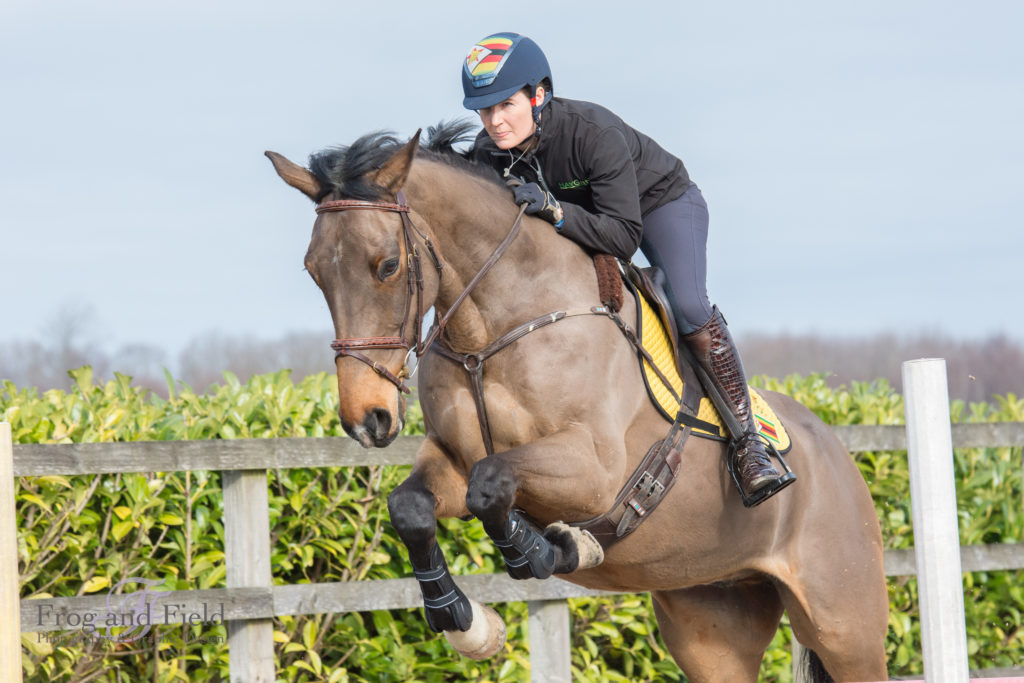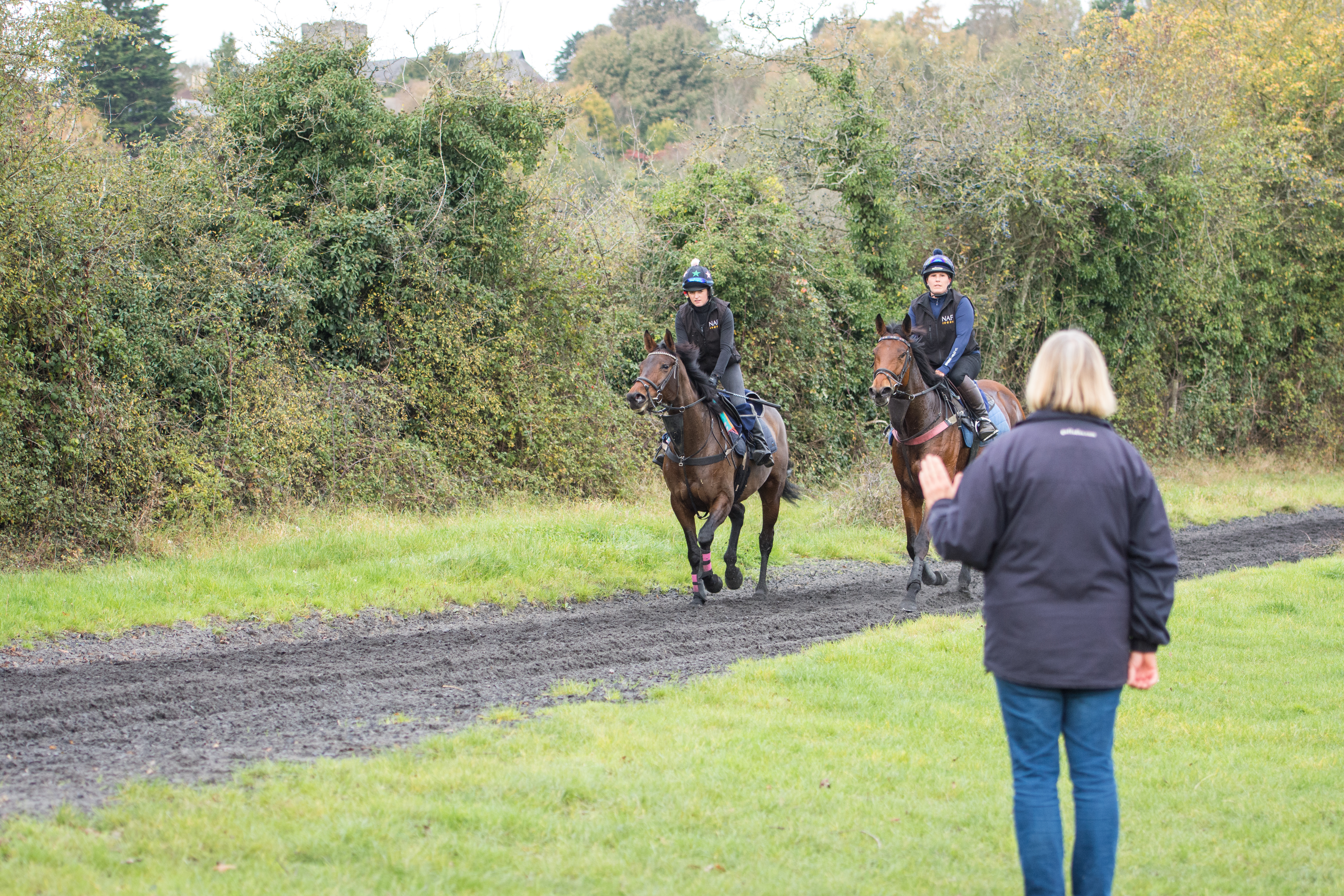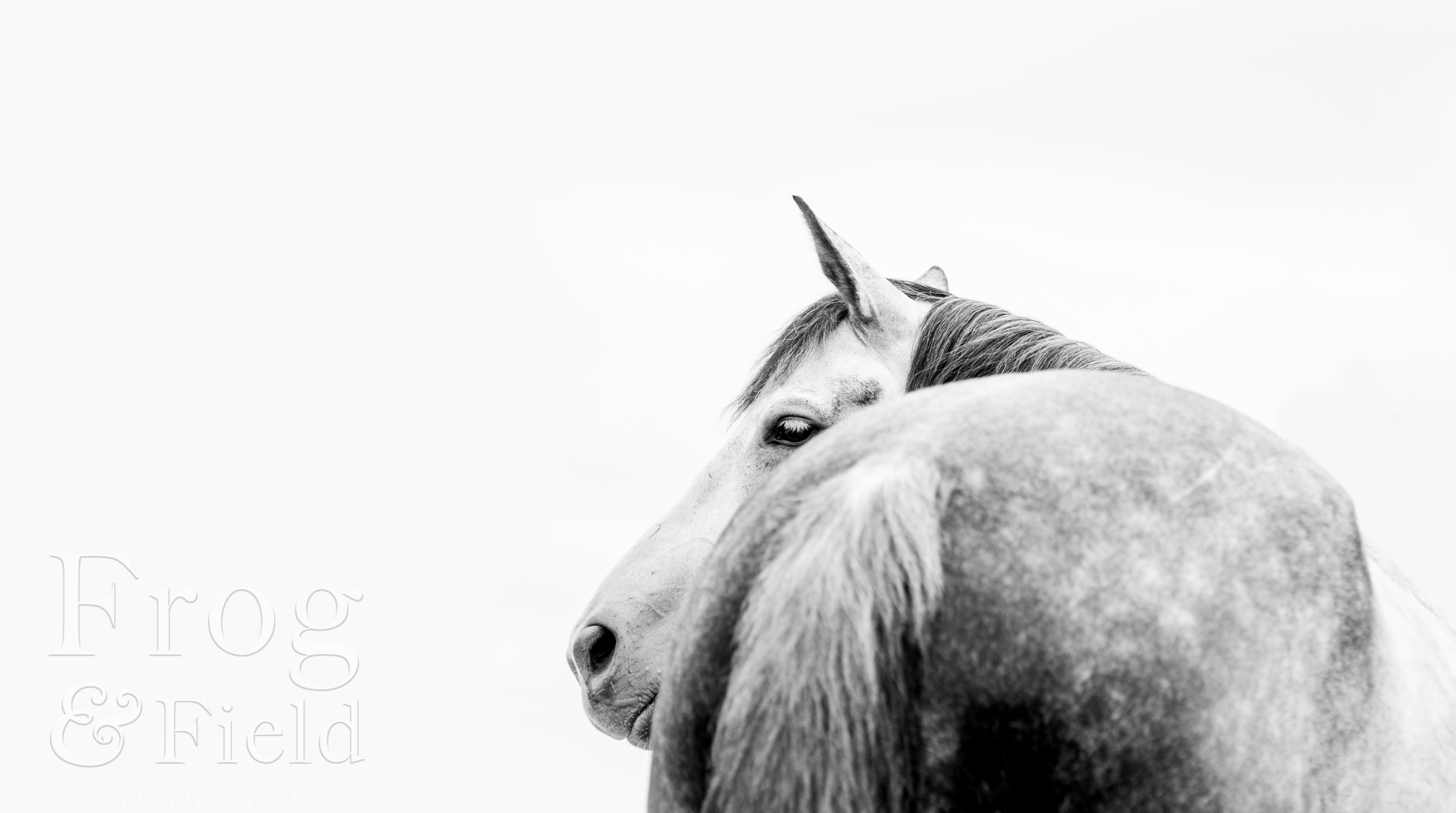Your DSLR-Getting to know it
Oh, the joys of a DSLR! When I did my A-Level in photography many years ago it was with a manual camera that you had to load film into! It was delightfully simple and I loved wondering around taking pictures of plants (yup not horses-strange right)
So, when husband proudly presented me with my first DSLR, a Nikon 3300, I was horrified. I didn’t want a DSLR I wanted a manual. Now I realise this makes me sound like a brat but bear with me. Truthfully it was because I did not have a clue how to use it. Not a sausage. So, there was Richard sat there all happy and proud of himself and me thinking crap. Actually, those that know me will know there are a few swear words I especially like but I don’t think the blog is for them.
Your DSLR-Getting to know it: The manual helps!
Anyways we had a little read of the manual and decided that auto mode would be best. However, this wasn’t always the case and after one horrendous shoot when my ISO (more about that in a sec) went to 10,000 and the pictures were ruined by grain it was time to get to grip with the basics. I know a couple of you have been very lucky to receive a camera so let me talk you through it.
Your DSLR-Getting to know it: Shutter Speed
First up Auto is fine! Nothing wrong with it if you want to take product pictures to illustrate a point so don’t get stressed about it. As time goes on though you will want to get things like ‘bokeh’ in your images- trust me is a good thing. First up the lingo. Shutter Speed is probably the most important. This is what determines the amount of light that enters the camera. Think back to the old days when people had to sit really still for long periods of time to have their picture taken. Now today that’s not the case but your shutter speed is still very important. Especially if you plan to take pictures of moving objects or in poor lighting. So, the longer the shutter is open the more light goes into the camera (your exposure) but the more blur you may get on moving objects.
Shutter speed is a bit confusing just from how you see it displayed. It is displayed in fractions of a second. So, 1/30 is slower than 1/1250. The bigger the bottom or second number that faster it is. The first one would be one 30th of a second and the second would be much smaller. Too slow you’ll get hand shake and blur so if you do a lot of low level light work you’ll want a tripod to stabilise the camera. For example, if you want to take pictures of fireworks or the moon. It is worth noting that sometimes blur is good! Sometimes for fun I’ll go for a super slow shutter speed and get some great motion blur at the races. For some people if you can focus on a stationary object whilst there is movement around you can create some pretty cool images. Too fast a shutter speed though can mean you’ll lose detail.
Your DSLR-Getting to know it: ISO
Next up for me would be ISO. ISO makes up the Exposure Triangle and there is a great blog about here
ISO can make or break pictures, such as my portrait session that was so grainy due to ‘noise’ I could have cried. I think I actually did. However, because it controls light in some scenarios it’s expected. Take my Olympia pictures, and many other peoples, there is some grain in them. This is mainly because most of what we were photographing was fairly fast moving, and in low light but I couldn’t have my shutter speed too low. It also explains why the dressage pictures are clearer than the Met Police. The dressage was slower and so could have a slower shutter speed but Met Police moved too fast for this. ISO is specific to a DSLR and so this was the newest concept to me. It is also why digital cameras are so versatile and adaptable.
Low settings of ISO mean the camera is least sensitive to light, higher numbers mean it’s more sensitive. Beware the Auto ISO though. This is what killed my pictures. I have mine set to a maximum of 4000 but generally will shoot in manual. Where I can’t quite decide or I want to do something quickly I will choose Aperture priority mode which means I know my ISO won’t go mad. Again, there is more about this here.
Your DSLR-Getting to know it: What the heck is an f-Stop?
Finally, in the triangle is your Aperture or sometimes to referred to as f-stop. This is your depth of field and where your lens comes into play. Think of it like your eyes. The lower the light the wider the pupils open. The lighter it is the more they constrict. The aperture on the lens is the same. It also means the bigger the aperture the less in focus your scene is. Hence why on a bright day more of the image is in focus. If you are in manual you can override this though and use a lower aperture (f-stop) to create a selective focus. This selective focus results in Bokeh. That lovely effect where the background is blurred but the subject is crisp. Most equine portrait photographers love it. I do for sure! Again, I cannot rate this site enough. Breaks everything down and has brilliant images to boot.
This is where having the best ‘glass’ you can afford is important. Especially if you plan on low light work. Your camera can only do some much. So, buy the best lens you can afford-they aren’t cheap but they will make a huge difference to your work. Typically, I would upgrade the lens before the camera.
Your DSLR-Getting to know it: Practice, practice, delete and practice some more
The best advice I was given though was to practice. Practice and practice some more. Take pictures of your friends, your pets or your horse. Play around with settings and get to know what works and what doesn’t. One photographer at Plumpton told me he noted every setting he used for a picture until he found what worked. Amazing advice that has stayed with me. Now I have specific settings for my portrait work, settings for racing and then again different ones for show jumping. It’s all about how fast the object you are photographing is moving and how much natural light you have to play with. I hope that’s helped you with your new toys, just go out there and practice. The joy of your DSLR is that you simple delete them once you’ve learned from them.
Tags In
Categories
- Blog (131)
- Photography 2017 (8)
- Photography 2018 (4)
- Services (1)








